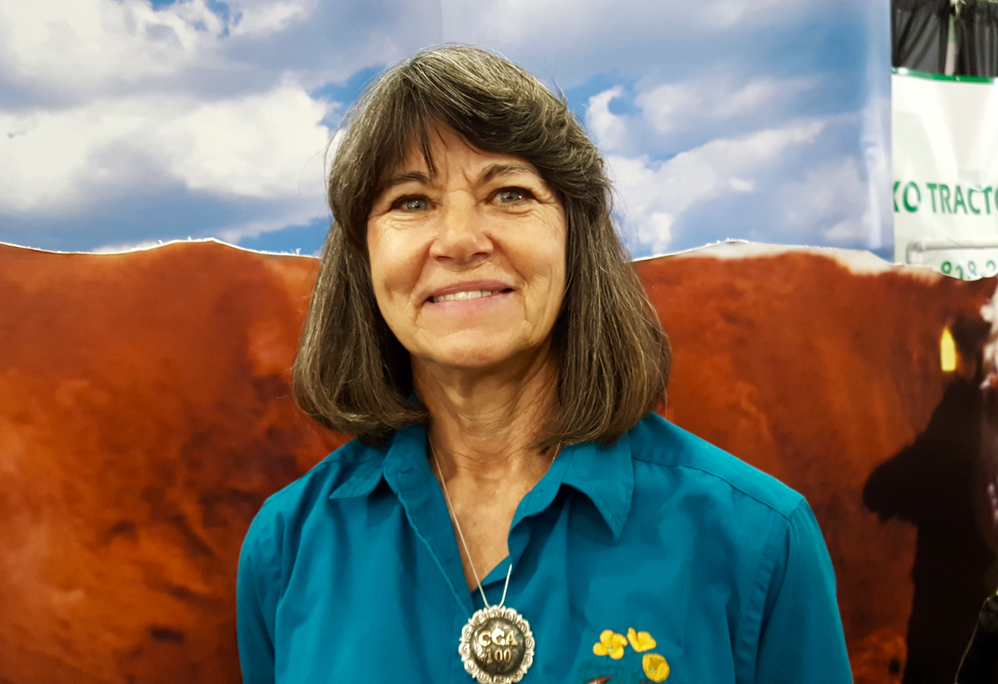Associations, Organizations, Educational and Research Institutions
Land-Based Learning Gets Donation
Donation to Center for Land-Based Learning Supports Next Generation of Local Farmers
Raley’s announced in a news release last week that they are increasing commitment to supporting beginning farmers through the Center for Land-Based Learning’s West Sacramento Urban Farm Program.
Raley’s has committed significant support for three urban farm sites in the City of West Sacramento. The Urban Farm Program, run by the Center for Land-Based Learning, supports beginning farmers through low cost land leases, professional mentoring and by helping farmers find markets for their crops.
According to Raley’s, “Urban farm sites increase access to fresh local produce, promote community sustainability, encourage volunteerism and stimulate educational opportunities. A percentage of produce grown will benefit Food For Families while creating a built in market for beginning farmers.”
“Our partnership with the Center for Land-Based Learning provides a full circle approach to Raley’s support of the entire food system,” said Becca Whitman, Community Relations Manager for Raley’s, in the news release. “By working together, we are strengthening the market channel for farmers, increasing agricultural workforce development opportunities, and providing our Food For Families partners fresh fruits and vegetables for the food insecure in our communities.”
In 2014, the Center for Land-Based Learning planted West Sacramento’s first urban farm. There are now four urban farms within the city, all of which are managed by beginning farmers. The Farm at the BARN will be the fifth urban farm site and is slated to be planted in spring 2017. Three of the five sites are supported by Raley’s.
Raley’s said that ongoing efforts will be made to support farmers seeking to gain access to larger partners, including Raley’s own “Living Local” Program, which builds relationships with local farmers within 50 miles of its stores. Produce from the first urban farm is sold at the Raley’s in West Sacramento.
“Contract growing, navigation of complex food safety rules and the ability for several small-scale farmers to aggregate their produce to fill large, weekly orders is a huge step toward sustainability for these beginning farmers,” said Mary Kimball, Executive Director of the Center for Land-Based Learning, in the news release. “Just like any other business, the first three years are make or break, but farming presents its own unique challenges, which Raley’s is helping to address with beginning farmers.”
The project supports Land-Based Learning’s mission to inspire, educate, and cultivate future generations of farmers, agricultural leaders, and natural resource stewards. “The ongoing support of Raley’s to the Center for Land-Based Learning is exactly the type of civic interaction that the city of West Sacramento seeks to foster,” said Christopher Cabaldon, Mayor West Sacramento, in the release. “The strong partnership sends signals throughout the community that we are dedicated to nurturing connections between residents, businesses and non-profits to improve the quality of life for all.”





















